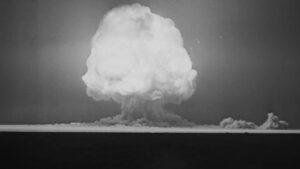“Uncover the Surprising Legacy of Gasoline: 13 Fascinating Facts That Will Change How You See Fuel Forever!”
However, the environmental and health effects of leaded gasoline became clear over time, leading to its eventual phase-out in favor of unleaded fuels in the 1970s and ’80s.
8. Cracking Technology Improved Gasoline Production


Gasoline production became much more efficient with the development of “cracking,” a process that breaks down larger hydrocarbon molecules into smaller ones, increasing the yield of gasoline from crude oil.
This technological breakthrough allowed refiners to produce more gasoline from the same amount of crude oil, meeting the growing demand driven by the automobile industry.
9. The Early 1900s Oil Boom Fueled Gasoline’s Growth


The discovery of massive oil fields in places like Texas and California in the early 20th century gave the gasoline industry a huge boost. With more oil available, gasoline production ramped up.
This oil boom helped transform the U.S. into a major player in the global oil industry and set the stage for gasoline’s rise to dominance.
10. The First Gas Station Opened in 1913


The first dedicated gasoline station opened its doors in Pittsburgh in 1913, operated by Gulf Oil. Before this, people bought gasoline from pharmacies or general stores.
This new station was designed specifically for the convenience of motorists, and it wasn’t long before gas stations became a common sight along roads and highways.
11. Gasoline Prices Have Always Been Unpredictable


One thing that hasn’t changed about gasoline over the years? The price. Gasoline prices have fluctuated wildly since it became a major fuel source, influenced by everything from oil shortages to geopolitical tensions.













